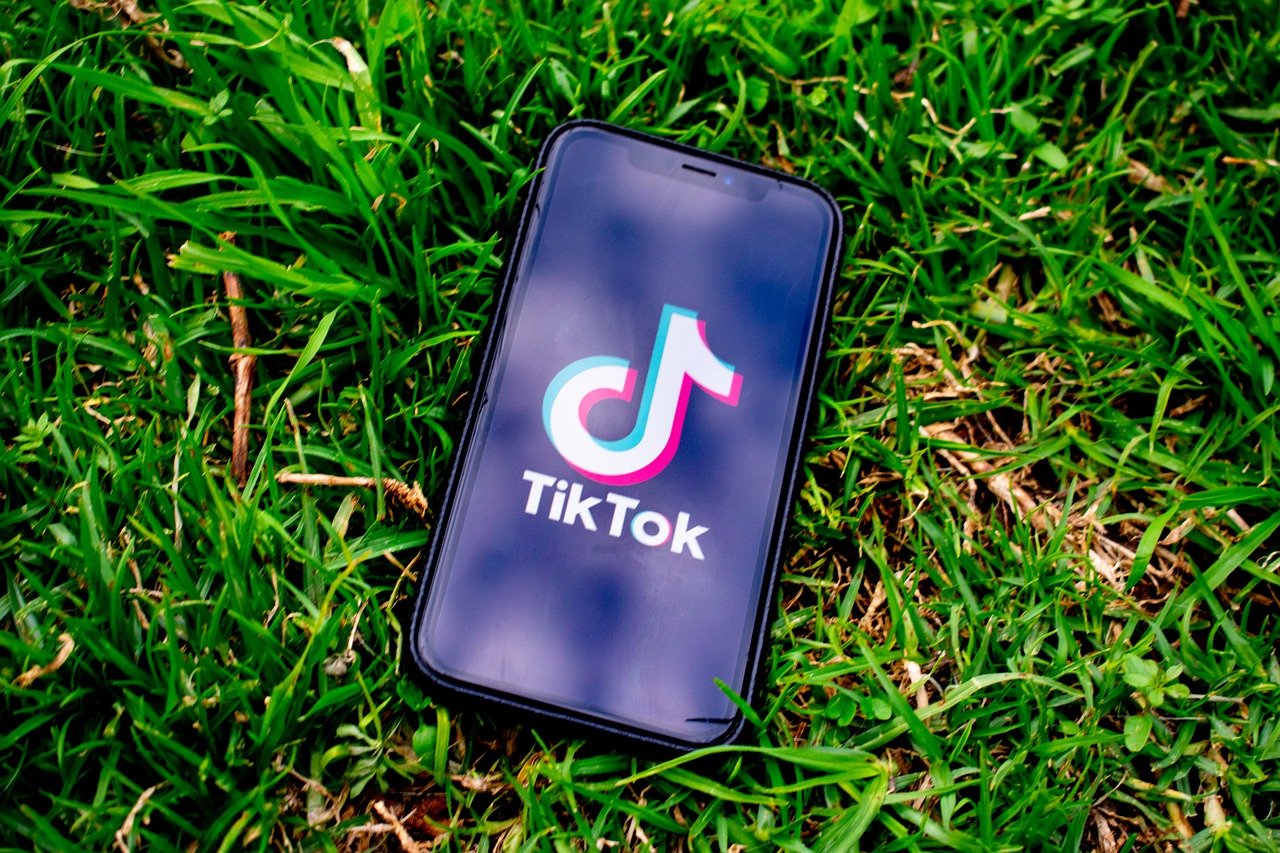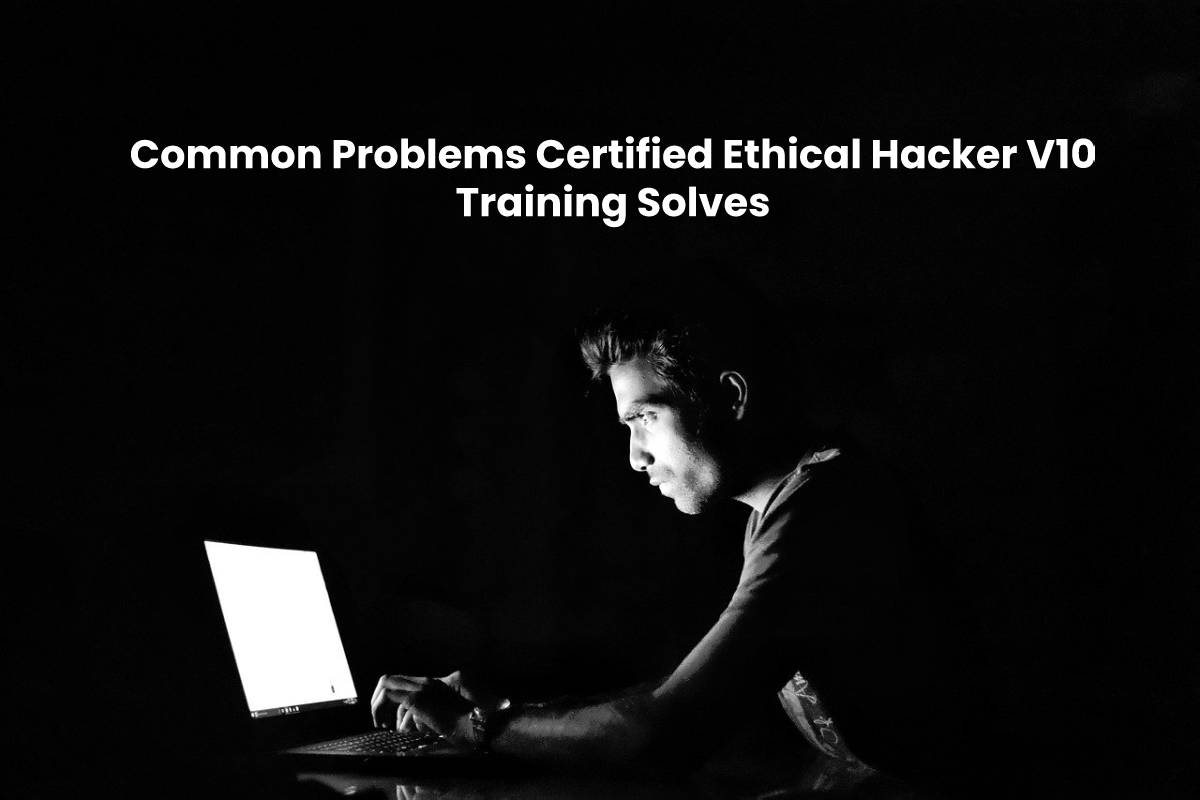

4 Game-Changing Benefits of Simulations & Modeling in 2025
Welcome to the Future‑First Playbook
Imagine you’re an explorer, but instead of trekking into the wild, you’re navigating the unpredictable terrain of tomorrow. This guide gives you the handy tools you need to spot those hidden pitfalls, find unexpected treasures, and practice your moves before the big game. Think of it as a cheat sheet for life’s high‑stakes decisions—where learning is the secret sauce and mistakes are just opportunities in disguise.
Knowing Future Outcomes and Consequences
We’re all living in a fast‑moving universe, but that doesn’t mean we can’t see a few steps ahead.
- Ask “What if?” – Every major decision starts with a question. What would happen if the plan succeeds? What if it fails? Visualize the scenario like a movie trailer—don’t just accept the plot.
- Map out cause and effect. – Hand‑draw a simple chain reaction diagram. Describe every link from the decision to the outcome. This makes the invisible consequences as visible as your to‑do list.
- Use “first‑principles” thinking. – Break the problem down to its fundamental facts. Forget the jargon; focus on the core truths. It’s like stripping a car to its engine part, carburetor, or spark plug.
Identifying Weaknesses and Opportunities for Improvement
Be the Adam‑to‑your decisions. Scan the entire process for loose ends and hidden potential.
- 10‑Why Analysis. – Start with a problem and keep asking “Why?” until you hit a root cause. It’s quick, cheap, and surprisingly effective.
- “What’s missing?” audit. – Check the top five gaps: was someone excluded? Was a time buffer insufficient? Was a cost over‑estimated?
- Opportunity radar. – After each weakness, find a corresponding upside. For instance, a tighter schedule might mean faster time to market.
Quick‑Start Checklist for Spotting Weaknesses
- List all stakeholders.
- Outline every decision point.
- Evaluate risk for each point.
- Spot redundancies or bottlenecks.
- Summarize in one paragraph: “Why this is a risk and how it can be turned into a win.”
Training and Educating People About Complex Situations
People are the biggest variable in most projects. Treat training like a board game: fun, inclusive, and highly interactive.
- Scenario workshops. – Don’t just read about “what could go wrong.” Build mini‑scenarios with role‑playing or simulations. The best learning is earned, not told.
- Micro‑learning bursts. – Keep lessons under five minutes. Think short videos, pop quizzes, or quick chat‑bot prompts to reinforce key takeaways.
- Gamified feedback loops. – Offer points for correctly predicting outcomes, completing knowledge tasks, or spotting errors early.
- Involve the “worst-case” thinker. – Bring someone to challenge decisions deliberately. It’s a forced way to surface hidden assumptions.
Cheat Sheet: Making Training Stick
- Start with a clear learning goal.
- Pick realistic, relatable scenarios.
- Use visual aids—charts, memes, or mind‑maps.
- Encourage questions; reward curiosity.
- Re‑visit the material after a break to cement retention.
Testing Assumptions and Ideas Without Negative Effects
You often worry that running experiments will risk failure. The trick is to make testing cheap, fast, and reversible.
- Low‑cost pilots. – Every new concept gets a “pilot” run with minimal resources. Think of it as a scientific “small test.”
- Rolling “A/B” switches. – Link your decisions like if/else blocks that can automatically revert if a metric drops.
- Track, don’t assume. – Even a tiny change in input should have a thumb‑tack log. Data wins over guesswork.
- After‑action reviews. – No matter the outcome, gather the team for a quick debrief. Celebrate success, learn from failure.
Putting it All Together: A Mini‑Project Blueprint
- Define the problem and desired outcome.
- Brainstorm assumptions.
- Build a “first‑principles” roadmap.
- Draft a low‑cost pilot test.
- Execute, measure, and iterate in one sprint.
- Document findings and move to full release.
By mastering these four ingredients—future vision, critical self‑audit, inclusive training, and safe experiments—you’ll navigate uncertainty like a pro. Remember, the best plans adapt, not just predict. Happy exploring!
Introduction
Why Simulations & Modeling Are Your New Best Friends
Think of simulations and models like your trusty sidekicks in the quest to crack the universe’s biggest mysteries. They’re the ultimate “what‑if” playground, letting you test wild ideas without needing a lab in the basement or a high‑end crystal ball.
What They Do
These tools let engineers, doctors, investors, and physicists play with reality in a virtual sandbox. Instead of whipping up costly experiments or risking lives, you can tweak parameters, “blow up” variables, and watch the results unfold on your screen.
Why Everyone’s Rushing to Adopt Them
- Speed: Jump from a sketch to a full‑blown experiment in seconds. No waiting for a lab to be set up.
- Cost: One simulation can replace dozens of physical tests, saving both time and money.
- Safety: Explore dangerous scenarios—like a chemical spill or a runaway robot—without putting anyone in harm’s way.
- Insight: Pull apart complex systems and see how each component behaves. It’s like having a crystal ball that’s actually science.
- Flexibility: Switch gears on a whim. Want to see how a heart‑device performs in a hurricane? Just tweak the wind speed in your model.
Fields That’re Surfing the Wave
From engineering to medicine, from finance to physics, the world is riding the wave of digital experimentation. If you’re in any of those areas, simulations and modeling are your secret sauce.
Takeaway
In short, simulations and modeling let you take a theory, experiment with it, and learn what works—all without breaking any real‑world objects or walls of your office. Why not give life a quick test run in the digital sandbox before the big leap? The future is playing.
Knowing future outcomes and consequences
Peek into Tomorrow: How Models Make Futures Predictable
Ever wanted to read the future like a fortune cookie? Scientists and engineers are practically doing that—except with models and simulations instead of buns.
Why the Possibilities Matter
In the wild world of science, figuring out what might happen next is crucial. With the right modeling, you can:
- Spot potential risks before they become disasters.
- Test hypotheses without having to set up a messy real‑world experiment.
- Plan future interventions—think of it like building a safety net for whatever comes next.
Medicine: The Doctor’s Crystal Ball
In hospitals, doctors use simulations to:
- Predict treatment outcomes—like forecasting how a patient’s body will react to a new drug.
- Identify relapse risks so they can tailor follow‑up care.
- Gauge side‑effects before they become a real pain.
With these tools, a medical team can turn the “I’ll just wait and see” into a well‑timed, data‑driven strategy.
Industry: From Factory Floor to Front Row
Manufacturers aren’t just tossing random designs into quarries. They’re using models to:
- Anticipate product performance—does it hold up under stress, or will it break apart in 3‑year time?
- Crunch production cost estimates—knowing the numbers early saves money and time.
- Project market outcomes—can this gadget win hearts, or will it be a hidden gem?
Bottom Line
With the right modeling and simulation, we’re turning science into a crystal ball that’s predictable, practical, and—let’s be honest—absolutely invaluable. So whether you’re a medical hero or an industrial mastermind, think of your models as the ultimate sidekick for the future.
Identify weaknesses and opportunities for improvement
A Peek Behind the Curtain: Models That Reveal All
What’s the Deal with Modeling & Simulation?
Think of virtual replicas as the superhero sidekicks of real-world systems. They let engineers play dress‑up with different configurations, test scenarios faster than coffee can brew, and spot hidden snags before they become a nightmare.
So Why Bother?
- Early Problem Detection – Catch weak points before they decide to cause chaos.
- Cost‑Saving Magic – Simulations cut down on expensive prototypes and surprise failures.
- Risk Management – Reduced risk means fewer “oops” moments and smoother operations.
How It Works
- Build a virtual model of your system, process, or product.
- Play around with different settings and see what happens.
- Analyze results to tweak and improve real‑world performance.
Ready to Dive In?
If you’re craving deeper insights into the world of modeling and simulation, just scan this QR or let your browser guide you to the next step—because knowledge is the best safety gear.
Training and educating people about complex situations
Turning Chaos into Classroom: Why Simulations and Models are Game Changers
Why Play in a Safe Sandbox?
Imagine stepping into a whirlwind of danger without the risk of endangering your life. That’s the magic behind simulations. They let learners dive into realistic scenarios—think of it as a virtual roller‑coaster that never drops your heart rate .
- Risk‑Free Exposure – Practice with the stakes of a life‑coaching session, not a life‑threatening situation.
- Hands‑On Experimentation – Try different tactics and see what sticks.
- Instant Feedback – Learn what went wrong—and right—right after the experiment.
Models: The Blueprint of Reality
Modeling gives you the visual maps of how all the pieces interact in a messy situation. It’s like drawing the floor plan before the paint dries, making sure every room (or stakeholder) gets its due spotlight.
- Process Breakdown – Know who does what and when.
- Data‑Driven Clarity – Numbers that help explain decisions clearly.
- Scenario Testing – Simulate “what‑ifs” before the real deal.
Where It Makes a Difference
Simulations and models are not just for nerds. They’re tweaking the game across industries:
- Medical • Train surgeons on a beating heart without the stakes.
- Engineering • Model traffic flows or ship stability before building.
- Financial • Stress‑test markets to spot cracks before they explode.
- And many more!
The Bottom Line
Safety? Quality? Efficiency?
With simulations you can experiment like a genius and models give you the roadmap to avoid pitfalls—all without the risk of a free‑fall.
Testing assumptions and ideas without negative effects
Hey there, Design Wizards!
What’s the Buzz About Simulations & Modeling?
Picture this: you’re building a gadget, a building, or even a spaceship. You want it to run like a dream, but you don’t want to spend a fortune smashing prototypes or risking a catastrophic crash. That’s where simulations and modeling jump in, acting like a safety net while still letting you flex those creative muscles.
Why This is a Game‑Changer
- Zero‑Risk Testing – Roll out idea after idea in a virtual zone. No wires short, no airbags blown, just your brain and your laptop.
- Rapid‑Fire Iterations – Change a knob, tweak a parameter, and instantly see the ripple effects. Think of it as a cheat‑code for design.
- Future‑Proof Predictions – Simulate what‑ifs—say, a rocket about to launch in a storm or a bridge under a sudden surge of traffic. The future’s already at your fingertips.
Getting Things Done, Quick & Clean
Instead of yelling “Let’s try this in real life and hope it doesn’t explode!” you can virtually prototype everything. If a run‑through shows a hiccup, you patch it up before the first physical piece ever touches the floor. That means fewer wasted resources, lower costs, and a less stressful design process.
Humor & Heart in the Digital Maze
It’s not all serious business. In a simulation, you can throw a pop‑chart or a funny mascot into the scene—think of adding a dancing robot to remind your team that they’re not just crunching numbers, they’re also creating something that could charm a crowd.
Consider It Your Design Playground
- All the big scary hurdles vanish.
- Your creativity gets the freedom to roam.
- You get the green light to ‘test out’ even the wildest of ideas.
In short, simulations + modeling = the best pair of gloves for designers who want to play, test, and triumph without the collateral damages of real‑world experiments.







